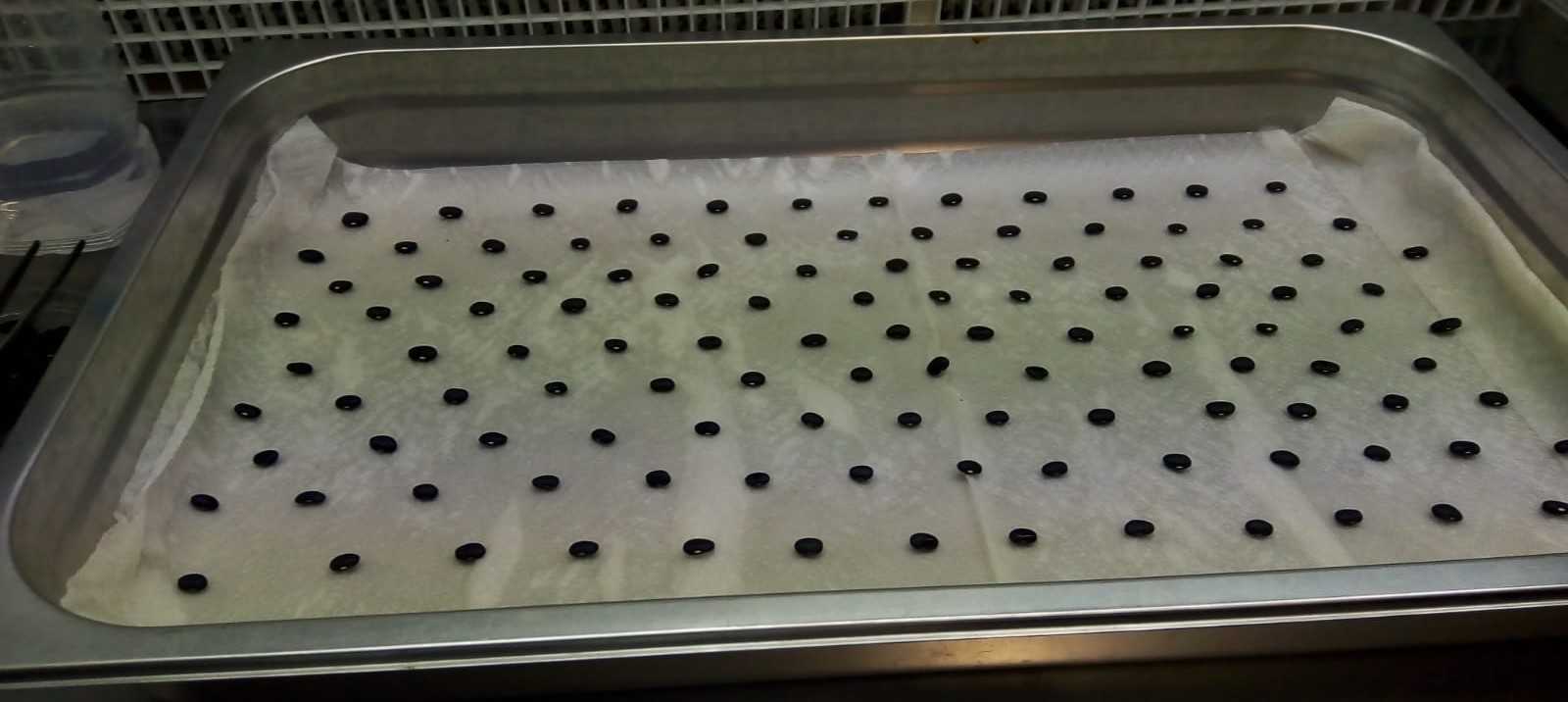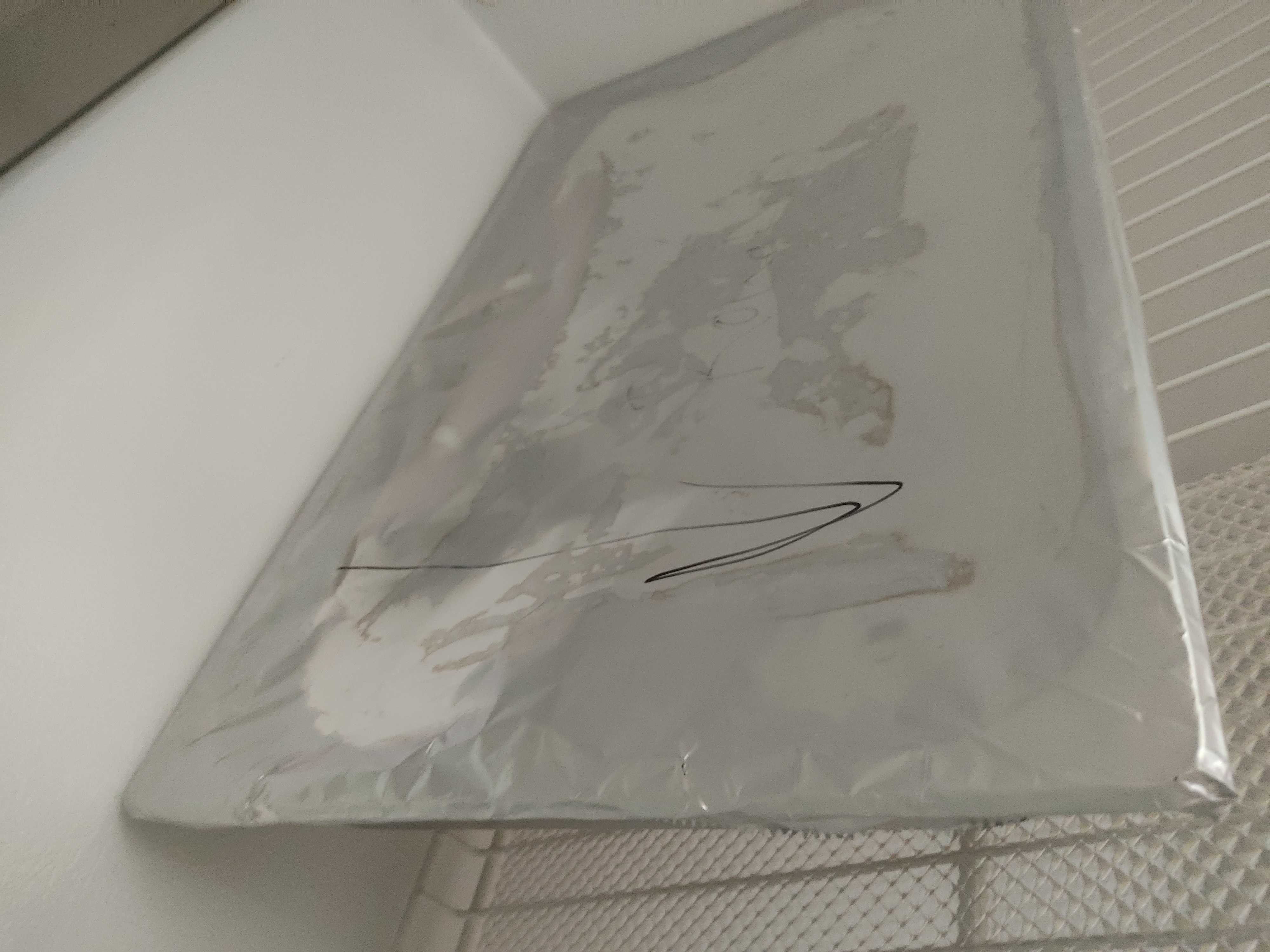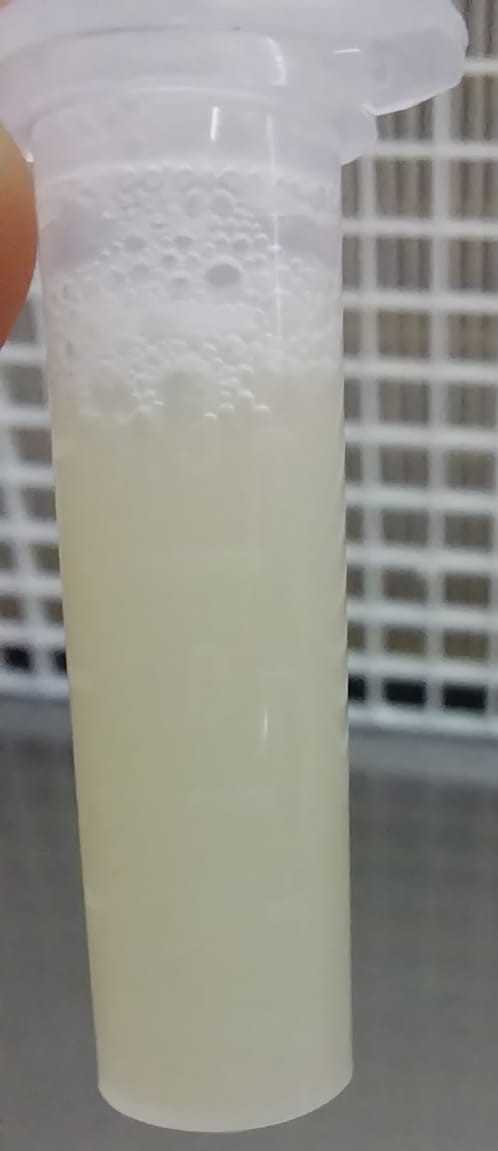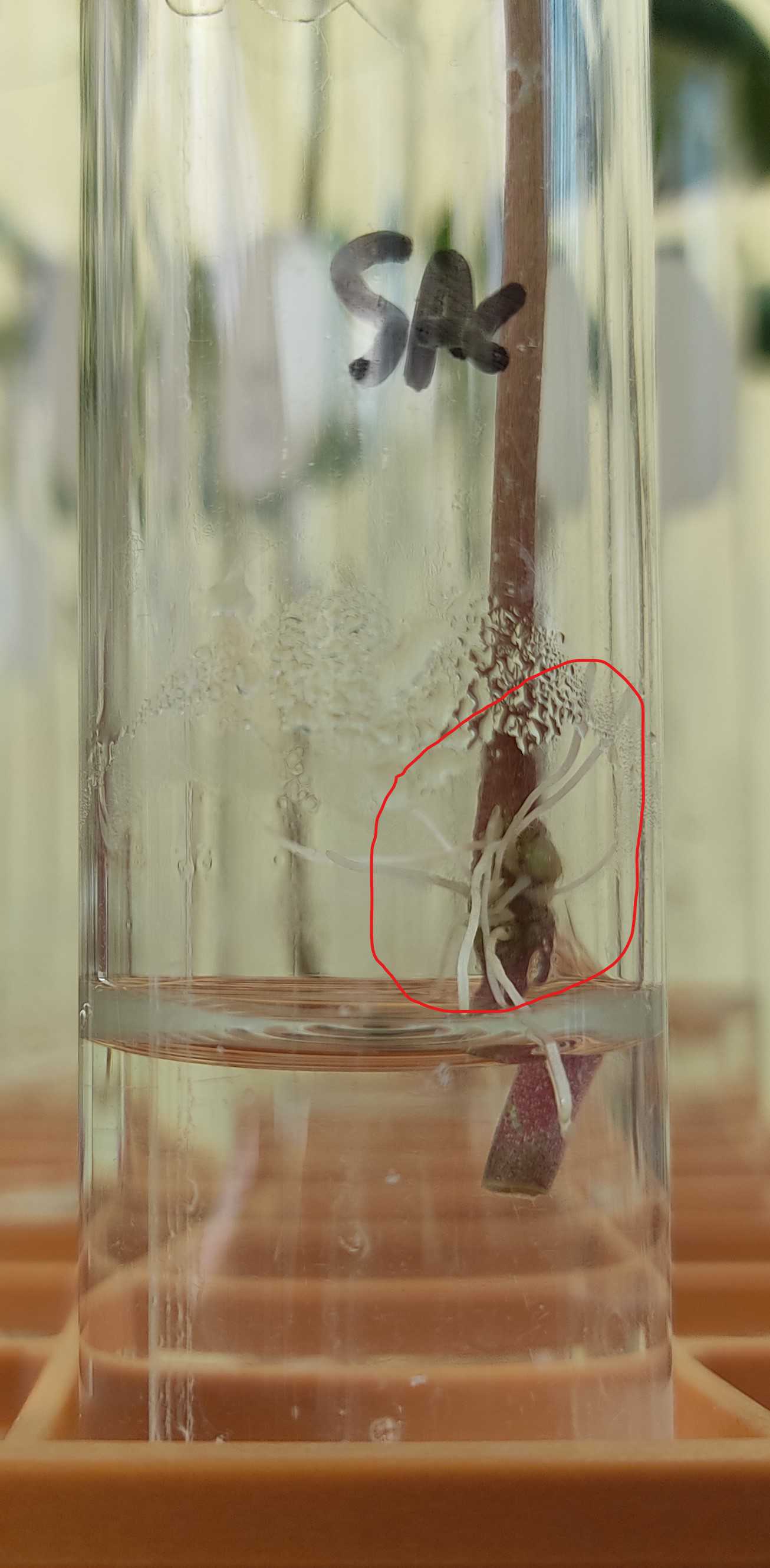Hairy root generation in common bean (Phaseolus vulgaris L.) and selection of Agrobacterium rhizogenes clones
Ronal Pacheco, Noreide Nava, Georgina Estrada-Navarrete, Jorge Solis-Miranda, Carmen Quinto
Abstract
The common bean ( Phaseolus vulgaris L.) is one of the legumes used to study the molecular mechanisms that regulate mycorrhizal and rhizobial symbioses. To study these mechanisms, the generation of transgenic hairy roots is a very advantageous method for applying genetic approaches. However, the generation of hairy roots is a difficult task that requires a lot of skill and experience. Here we show an optimized protocol for the generation of hairy roots in common bean.
Steps
Seeds disinfection (when necessary)
Immerse the common bean seeds in 96% volume ethanol for 0h 5m 0s and wash them three times with sterile water.
Immerse the seeds in 2% volume sodium hypochlorite for 0h 5m 0s and wash them three times with sterile water.
Keep the seeds at 4°C in a disinfected container, e.g., sterile 96% volume ethanol.
Seeds germination (1st day)
Preparation of the inoculum of A. rhizogenes K599 (2nd day)
Spread 150µL-200µL of the inoculum in Petri dishes containing solid LB medium with the appropriate selection antibiotic.
Incubate the Petri dishes inoculated in the previous step, for approximately 30h 0m 0s at 30°C.
Scratch off this thin layer of dried culture with a sterilized yellow tip or something similar.
Transfer this culture to an
Prepare the inoculum in Eppendorf tubes (preferably 0.6 ml) by mixing an equal volume 50% (v/v)of the liquid content previously obtained, and 80% volume glycerol. Mix tubes by inversion and immediately place them in liquid nitrogen; finally, store the inoculum at -80°C.
Seedling transformation by A. rhizogenes K599 (3rd day)
Carefully puncture the hypocotyl area of the seeds several times, using a sterile needle tip (0.4 mm).
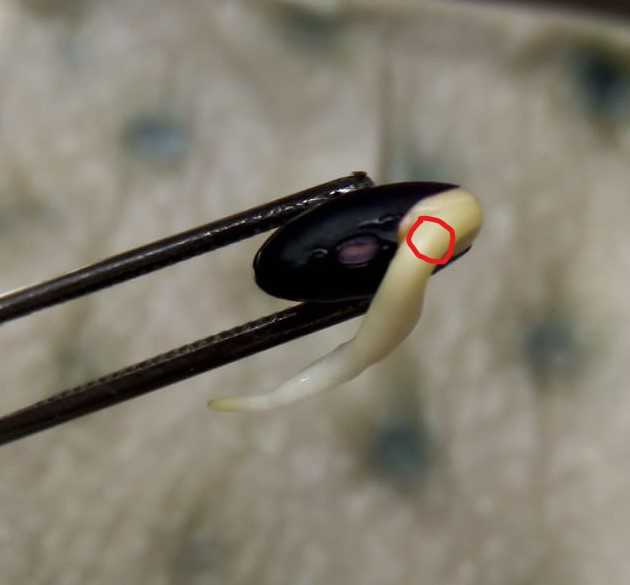
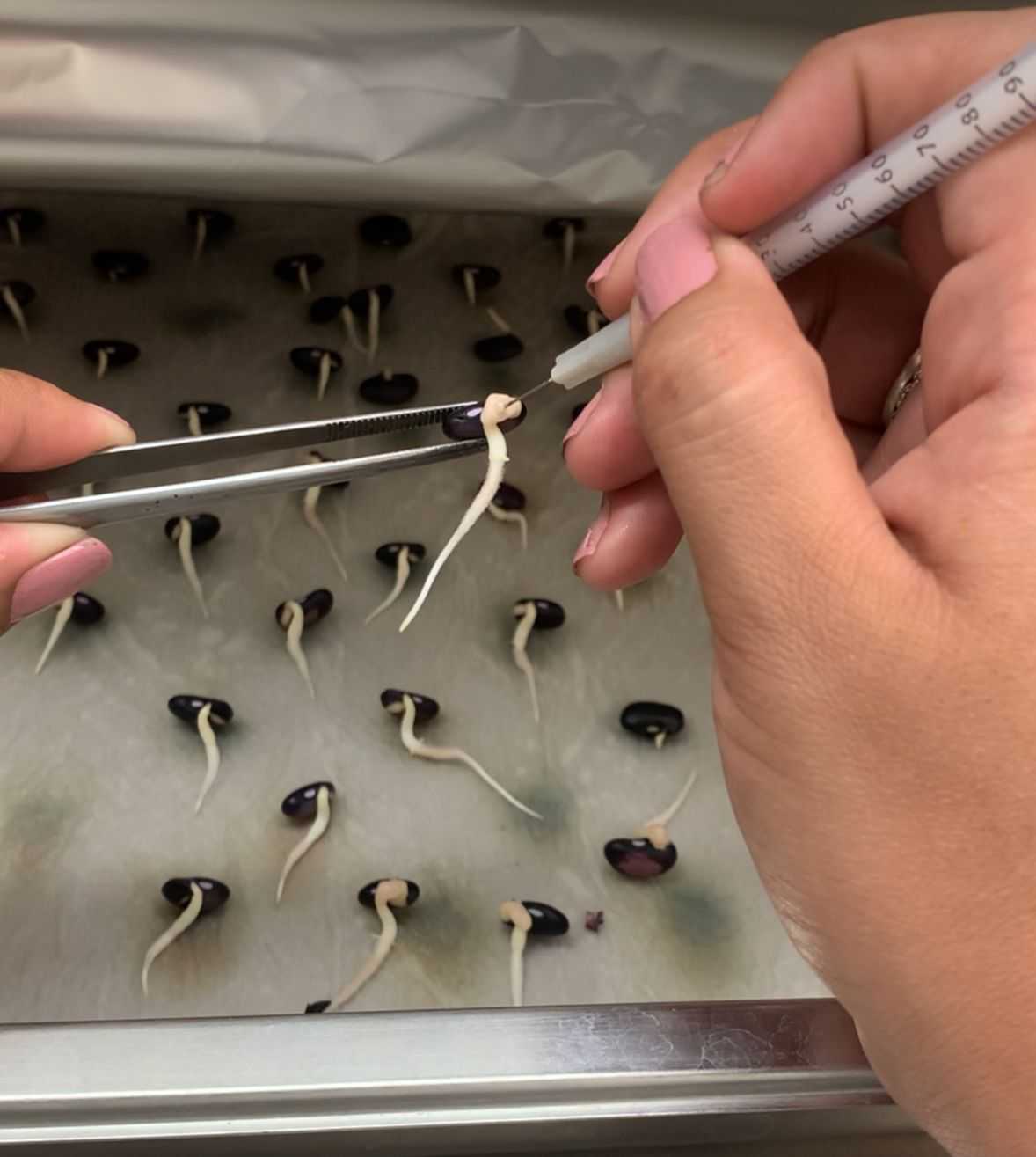
Apply the inoculum of A. rhizogenes on the wounded zone, taken directly from the plates, using an autoclaved micropipette tip
Generation of hairy roots
Place the infected seedlings on the top of plastic tubes, i.e.,
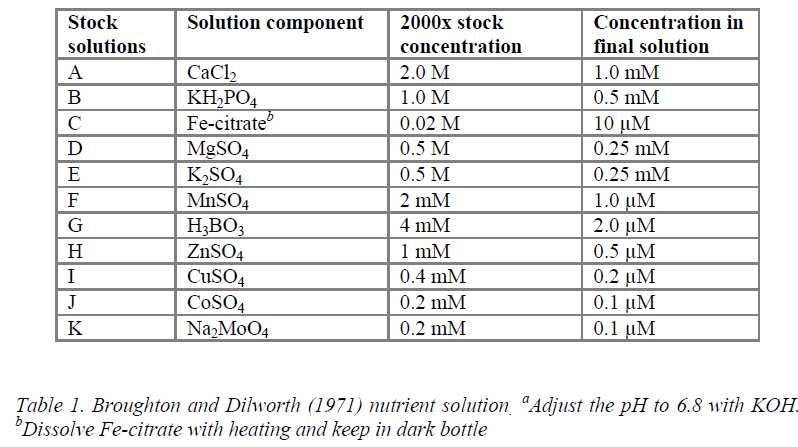
Place the plastic tubes inside glass tubes
Place glass tubes on racks and incubate in a growth chamber at 28°C,16h 0m 0s light/8h 0m 0s dark until hairy roots emerge, 10-12 days post-infection (dpi).
Once the hairy roots have emerged, remove the primary root by cutting the stem 1-2 cm below the hairy roots.
Incubate the seedlings for approximately three days under the same conditions described above to increase the biomass of hairy roots.
Selection of transformed hairy roots
Observe the fully developed hairy roots (15 to 16 dpi) using an epifluorescence microscope to remove non-fluorescent roots.
Selection of A. rhizogenes clones
Collect the fluorescent hairy roots carrying the RNAi-silencing or the overexpression vector, and the control vector, at the selected sampling time.
Extract total RNA from hairy roots using an appropriate protocol and perform cDNA synthesis. We recommend using the following protocol dx.doi.org/10.17504/protocols.io.8epv5jq24l1b/v1
Quantify transcript levels of the gene of interest by qPCR using two reference genes.
